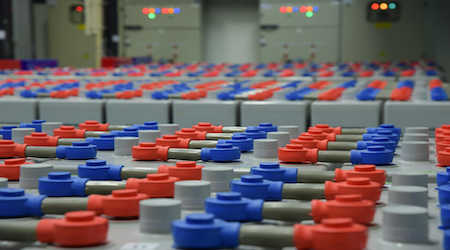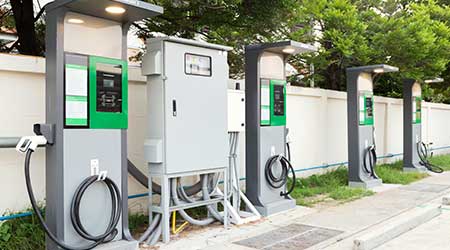
NFPA Releases Fire Safety Standard for Energy Storage Systems
October 1, 2019
Onsite energy storage systems (ESS) is expected to grow remarkably over the next few years. Deployed energy storage capacity worldwide is expected to grow from a 12 gigawatt-hour market in 2018 to a 158 gigawatt-hour market in 2024, according to a report from Wood Mackenzie Power & Renewable. More than half of that growth is expected to occur in China and the United States, according to Green Tech Media. However, until now there has been no standard specific to addressing the fire/life safety risk posed by such systems.
Recently, the National Fire Protection Association addressed that gap with the release of NFPA 855, Standard for the Installation of Stationary Energy Storage Systems. Energy storage system’s benefit comes from being able to store a lot of electric energy in smaller and smaller packages. This beneficial increase in capacity comes with an increased risk of fire intensity and shock hazard, among others. This requires careful and standardized practices for installation, management, and emergency response to such systems.
NFPA 855 provides requirements based on the technology used, its location, the size of the system and how far apart systems are, and the fire suppression and control systems that are in place, according to NFPA. Ventilation, detection, signage, listings, and emergency operations associated with ESS are also covered.
ESS fire safety requirements are also included in NFPA 70 and NFPA 1.
Naomi Millán is senior editor of Building Operating Management.
Next
Read next on FacilitiesNet












